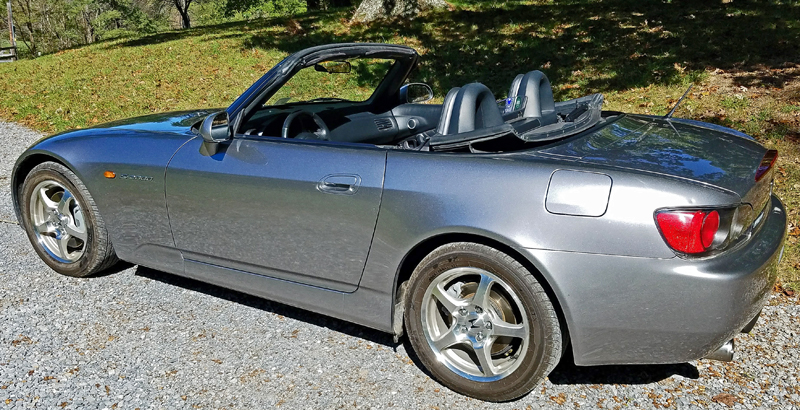Amoco was also a VERY unique smelling gasoline, as far as the exhaust was concerned.
In the 1960's, you knew which cars were the hottest of hot rods,, simply by the odor of the exhaust,,
because they only ran those cars on AMOCO white gas.
(Some of the hot cars ran SUNOCO 260, but, that fuel was leaded, and did not produce a unique exhaust odor)
Using AMOCO gas in you car was almost as necessary as the last 3 or 4 coats of wax,,
it was simply part of making your car appear the best.
Well, fast forward to the year 2003, I bought my wife a HONDA S2000,,,
The owners manual stated that the car required 91 octane or higher gasoline.
There was an AMOCO station near our home, and I told my wife to only buy the AMOCO 93 octane fuel.
JUST as the cars in the 1960's, the S2000 had an exhaust smell identical to that produced by the cars of the 1960's.
The odor was not as strong, (
I would guess the catalytic convertor was killing much of the odor)
but, you could still detect the unique AMOCO white gas odor, as in the years of my youth.
That gas at the AMOCO station was only available for a couple years,
and then the station was sucked up by BP Petroleum.

























































